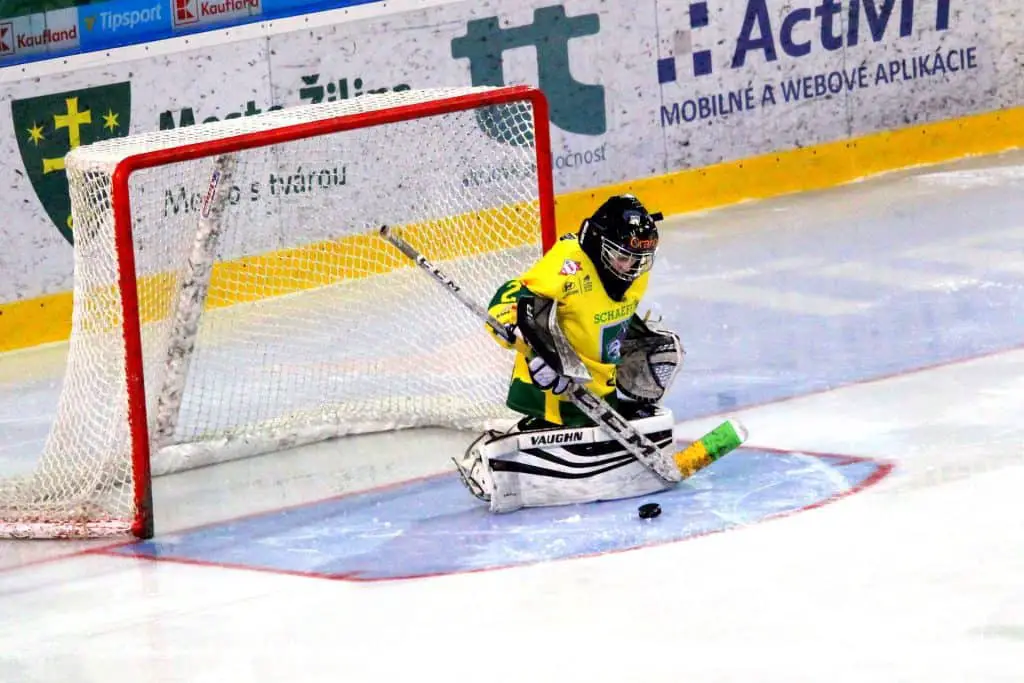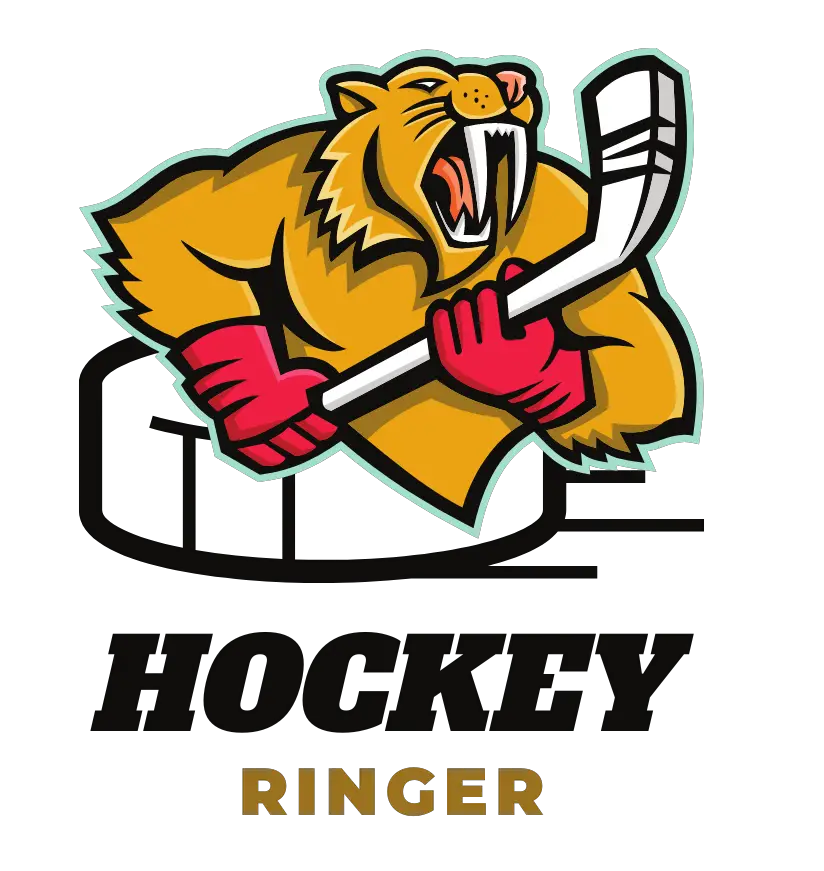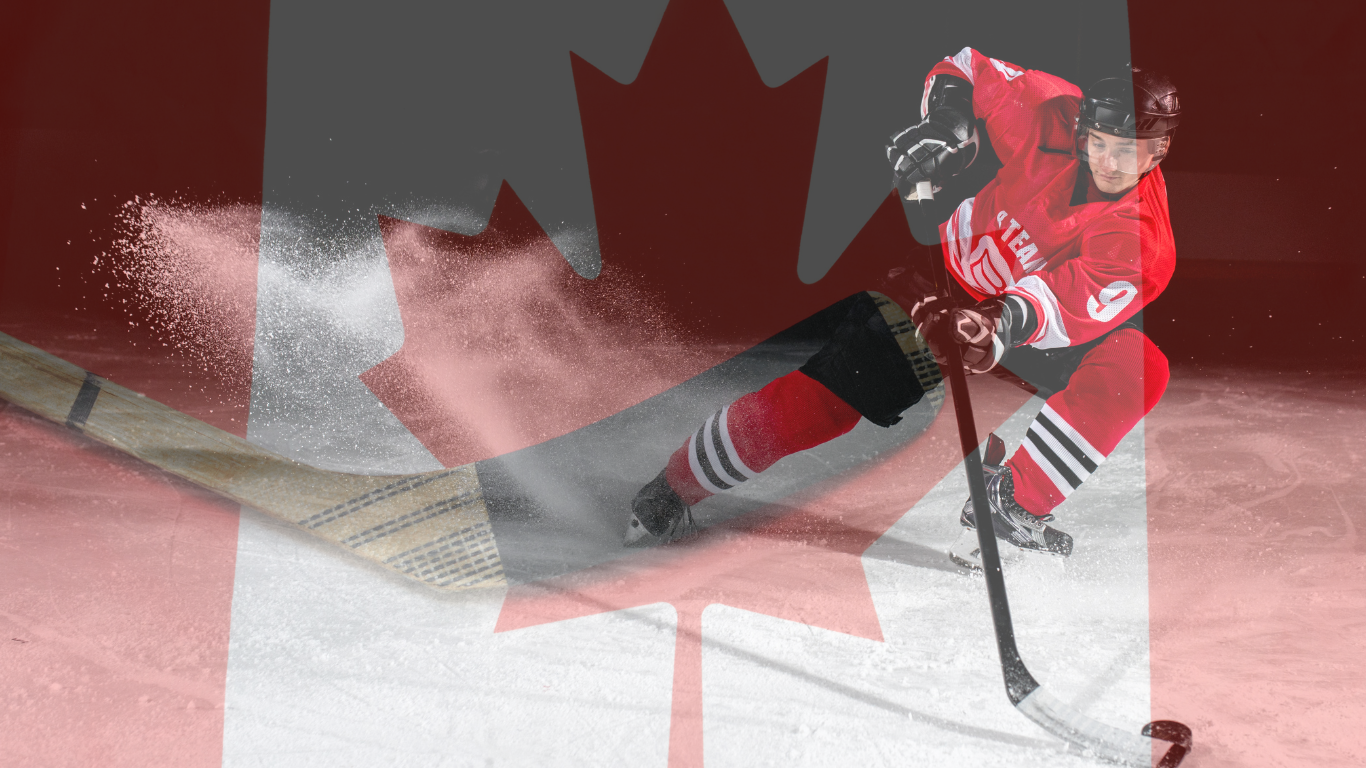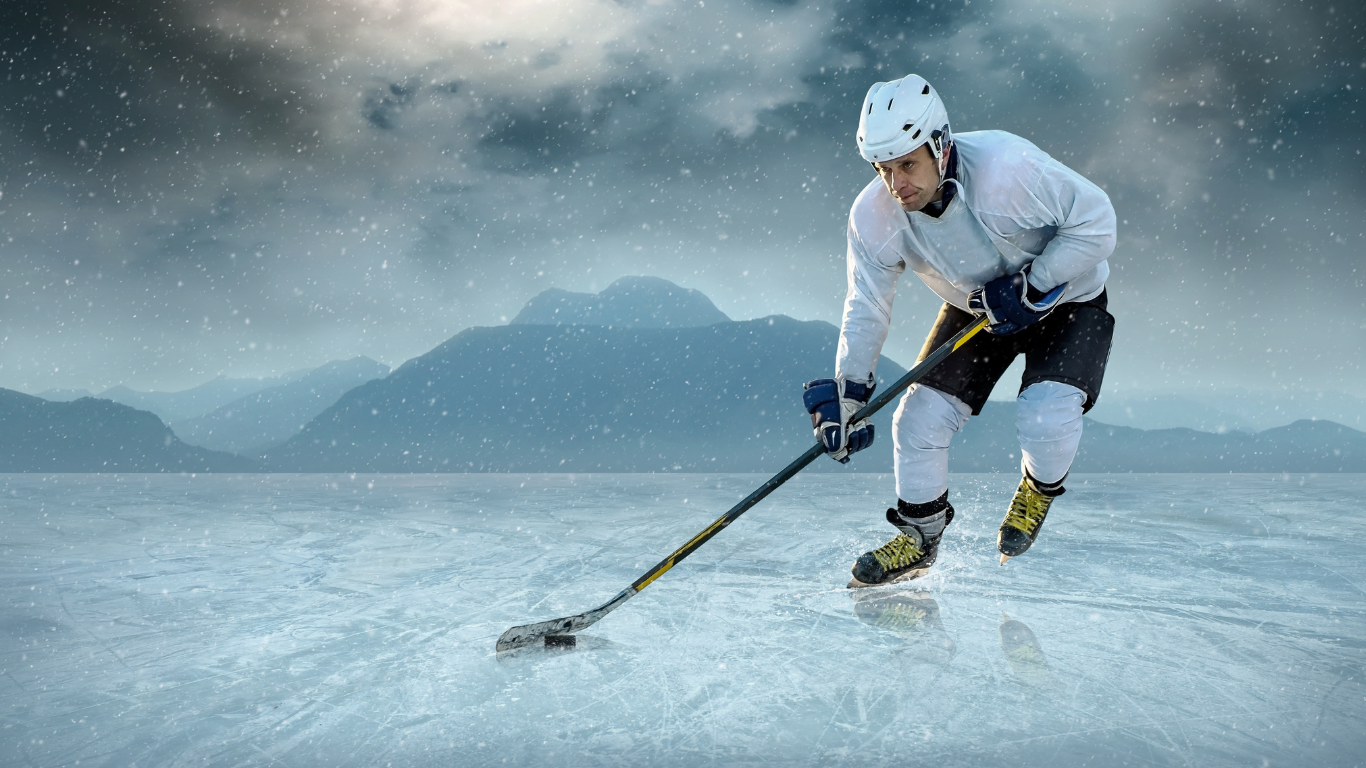Ice hockey is a winter sport played using ice skates on a skating rink with specific markings. During the match, two teams compete on the ice rink with the help of a hockey stick and a puck or rubber disk. A goalie is positioned at the goal line or crease to prevent the puck from hitting the goal net.
Crease in hockey is the semi-circle area in front of the hockey goal net which is in fact carved in the ice and shaded in blue in order for it to stand out. It’s the place where the goalie stands in order to stop the goals from scoring. The crease is mainly considered as a goalie’s personal space so the players won’t interfere within that space.

This crease is present at both ends of the ice containing a goal net and a goalie, both teams need to place their puck in that net to score. Mostly the players are not allowed in the crease area unless they’re in possession of the puck. This article goes on to explain everything there is to know about a crease, the rules for it, and the players concerning the area.
What Are Rules For The Crease In Hockey?
The laws state that the player is allowed to enter the crease area when the puck or the rubber disk has entered first and no part of player’s body or even the stick can enter. If the player tries to have any contact with the goalie, this would result in a no goal or a 2-minute penalty.
Who Is Allowed in the Crease?
The only player allowed inside the crease is the goalie, with the purpose of stopping the opponent from scoring. Other players are not allowed in the vicinity; the only exception is when they have a puck in the crease aiming towards the goal net. A goalie can stop the puck by using their hands while being inside the crease.
Why Is the Hockey Crease Shaded in Blue?
The area in front of the goal net is painted blue to have easier visibility. It’s for the players and other audience to know that the area is out of their bounds and specified for the goalie. The blue color would give clear visibility to the players at the other end of the skating rink.
What Is the Size of the Goalie Crease?
In NHL (National Hockey League), the standard size of the crease is 8-feet wide, with both sides of 4 feet each connected with a semi-circle of 6 feet. The goal crease is painted red 1 foot outside the post and it’s about 2 inches wide.
Is There Any Other Crease in Hockey?
Yes, there’s another crease in ice hockey i.e. referee’s crease situated at the other side of the benches. There’s only one referee’s crease unlike the goalie crease and it’s between the two penalty boxes assigned to each team. There are 2 referees and 2 linesmen assigned to each game.
What Is the Size of Referee’s Crease?
Referee’s crease is about 10-foot semicircle where the officials stand when play is stopped. It’s a place where these officials discuss the rules and calls. It’s literally called as a safe zone for officials where no player can enter without permission.
What Is the Shape of Hockey Crease?
The goal crease changes shape, depending upon the rink, it can be rectangular or semi-circle. Although the referee’s crease is always in the shape of a semicircle and located opposite to the benches.
What Happens if the Players Try to Interact With the Goalie Inside the Crease?
If the goalie is inside the hockey crease and a player tries to initiate contact purposefully, the player will receive a penalty. In case the player tries to distract or interact with the goalie and score a goal, the goal won’t be considered.
Why Does Goalie Tap the Stick?
The goalie bangs or tap the stick on the ice as a warning sign or to let the teammates know that the opponent player’s penalty is over and the player is coming out of the penalty box and will join the other players on the ice rink. Tapping the stick is an indication to continue the match.
Is a Goalie Allowed to Come Out of the Crease?
A goalie has the freedom to move around even outside the crease and can even join in on the match for a short while. Under this condition, presumably, the goalie is considered a regular player and can be body checked, which is not the case. The goalie still receives protection under the play and can’t be body checked.
Is It Possible for a Goalie to Get a Penalty?
Yes, most of the time goalies get penalties just like any other player in cases of fighting or delaying the game. Some penalties that are specific to the goalies are; freezing the puck outside the crease intentionally. But any player has to serve the penalty instead of the goalie.



